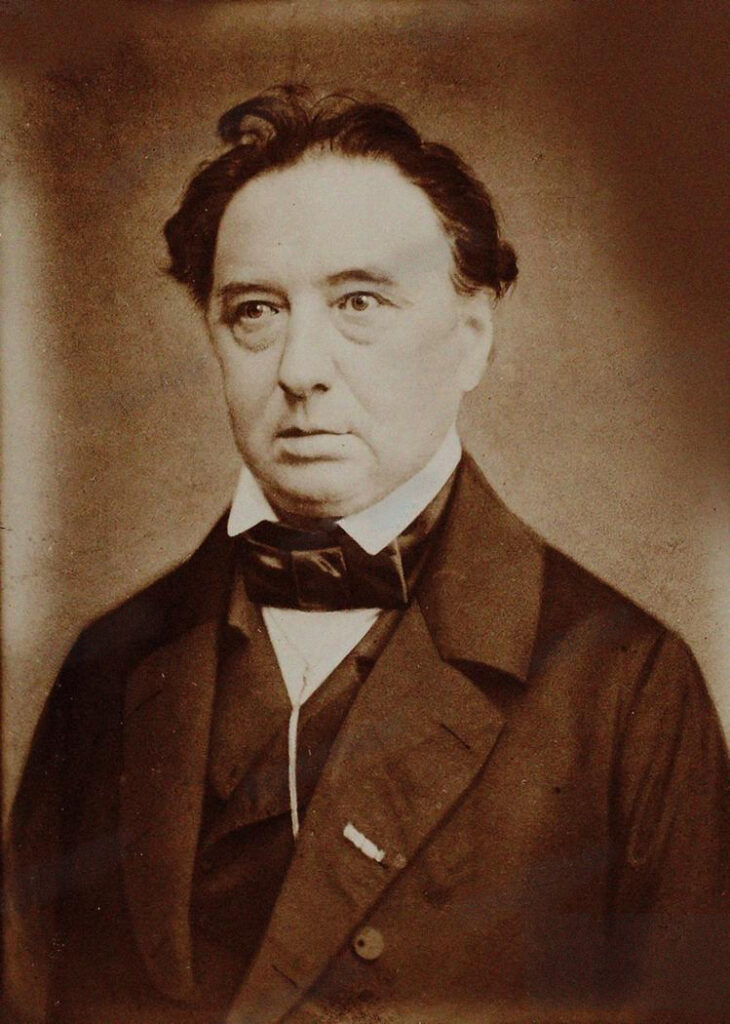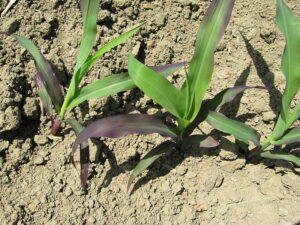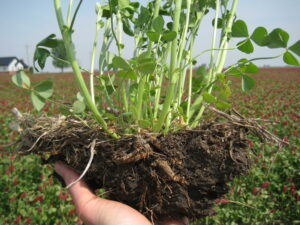Brix Testing
Brix is named after 19th-century German mathematician and engineer Dr. Adolf Brix, who produced a mechanism for measuring sugar in beer. At its most basic, Brix testing is measuring the sugar in your plants. But really, it’s also measuring the efficiency of photosynthesis going on in your plants. If that process isn’t functioning optimally, your plants will be stressed and vulnerable to pests and fungi. Plants have low Brix levels when they are deficient in specific nutrients, so you want to deliver those specific nutrients to your plants. Luckily, it is easy to both test your plants for Brix levels and to raise Brix levels in a brief period.
“Brix testing is something that can be easily done by the farmer with a $20 refractometer. To see the effect on plant health, a farmer should pull a Brix sample, apply the foliar treatment, and then pull another brix sample the next day. This will help show if the foliar treatment boosted plant health or lowered plant health. For best results, doing this on a very small section of the plants and making sure that there is a positive benefit to plant health before applying to the entire field is a good rule of thumb. Brix testing can be done to all crops including pasture grasses in hay fields and on range ground.”
Do you need help determining your Brix levels and interpreting those results to make the best input decision to address a problem? Elevate Ag is your partner in ensuring that your crops, pastures, and range land are in optimal health, sustainably. Contact us today to talk about all things Brix!








